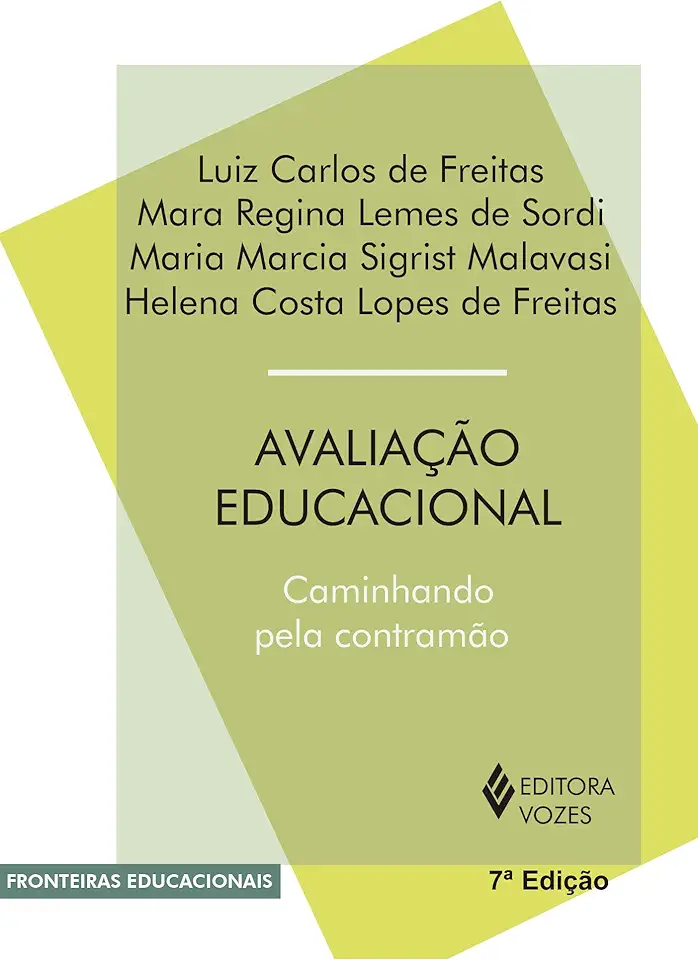
Educational Assessment - Luis Carlos de Freitas
Educational Assessment: A Comprehensive Guide to Understanding and Improving Student Learning
Introduction
Educational assessment is a critical component of the teaching and learning process. It provides educators with valuable information about student progress and helps them identify areas where students need additional support. In this comprehensive guide, Luis Carlos de Freitas offers a thorough exploration of educational assessment, covering everything from its history and purpose to the various methods and techniques used to assess student learning.
The Importance of Educational Assessment
Educational assessment plays a vital role in ensuring that students are receiving a quality education. It helps educators to:
- Identify students who are struggling and need additional support
- Monitor student progress and make adjustments to instruction as needed
- Evaluate the effectiveness of teaching methods and programs
- Make informed decisions about curriculum and instruction
- Prepare students for success in college and beyond
Methods and Techniques of Educational Assessment
There are a variety of methods and techniques that can be used to assess student learning. Some of the most common methods include:
- Tests: Tests are a traditional method of assessing student learning. They can be used to measure student knowledge and skills in a variety of subjects.
- Quizzes: Quizzes are shorter than tests and are often used to assess student learning on a specific topic or unit.
- Projects: Projects allow students to demonstrate their learning in a more creative way. They can be used to assess student knowledge, skills, and creativity.
- Portfolios: Portfolios are collections of student work that can be used to assess student progress over time. They can include a variety of materials, such as tests, quizzes, projects, and writing samples.
- Observations: Observations allow educators to assess student learning in a natural setting. They can be used to assess student behavior, engagement, and participation.
Choosing the Right Assessment Method
The best assessment method for a particular situation will depend on a number of factors, including the learning objectives, the students being assessed, and the resources available. Educators should carefully consider these factors when choosing an assessment method to ensure that they are getting the most accurate and useful information about student learning.
Using Assessment Data to Improve Student Learning
Assessment data can be used to improve student learning in a number of ways. Educators can use assessment data to:
- Identify students who are struggling and need additional support
- Monitor student progress and make adjustments to instruction as needed
- Evaluate the effectiveness of teaching methods and programs
- Make informed decisions about curriculum and instruction
- Prepare students for success in college and beyond
By using assessment data effectively, educators can help all students reach their full potential.
Conclusion
Educational assessment is a powerful tool that can be used to improve student learning. By understanding the importance of educational assessment, choosing the right assessment methods, and using assessment data effectively, educators can help all students succeed.
Call to Action
If you are an educator, I encourage you to learn more about educational assessment and how it can be used to improve student learning. There are many resources available to help you get started, including books, articles, and online courses. I also encourage you to talk to your colleagues about educational assessment and how you can work together to use it to improve student learning in your school.